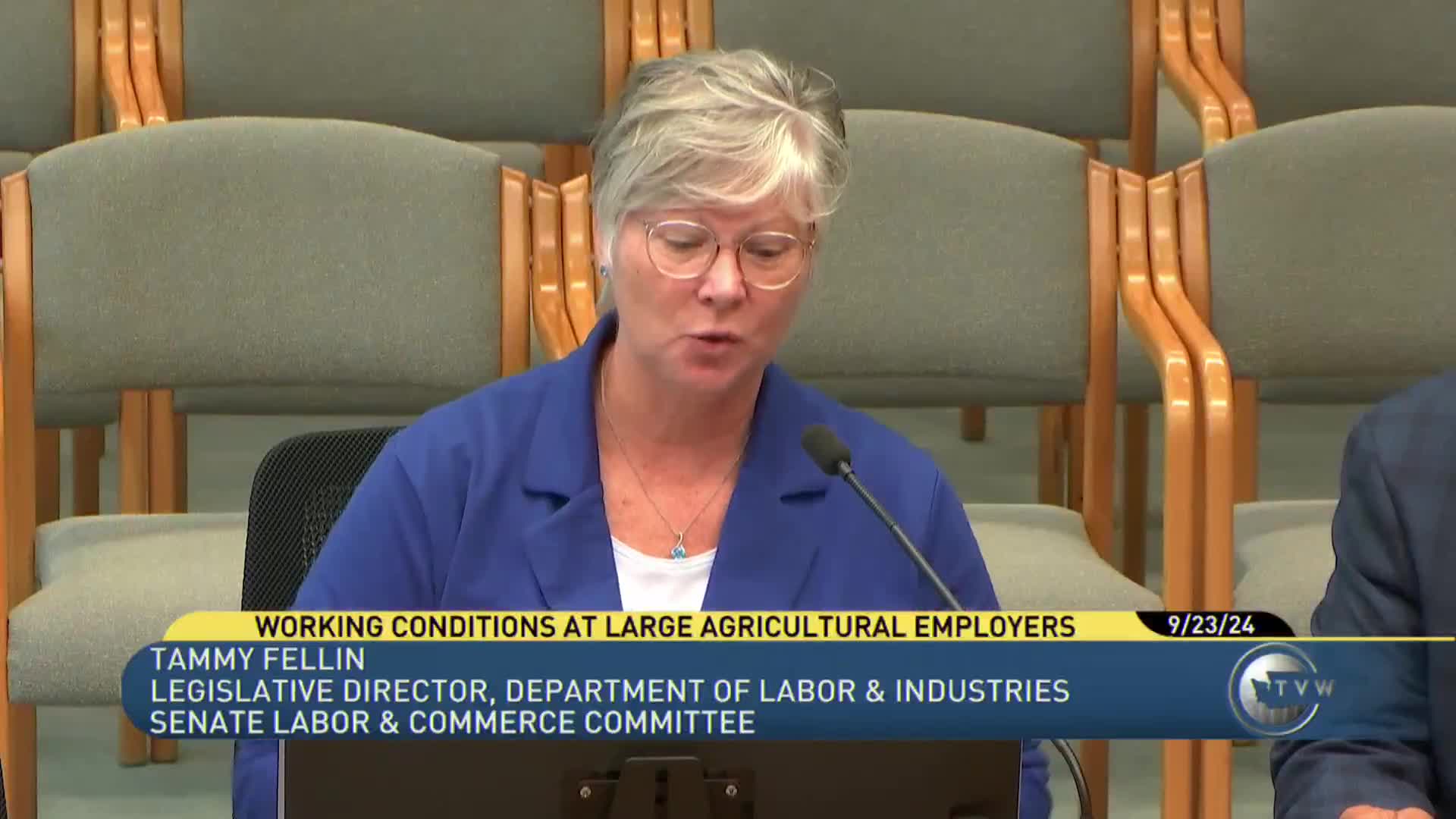State launches ambitious modernization plan for worker compensation
September 23, 2024 | Labor & Commerce, Senate, Legislative Sessions, Washington
This article was created by AI summarizing key points discussed. AI makes mistakes, so for full details and context, please refer to the video of the full meeting. Please report any errors so we can fix them. Report an error »

In a recent government meeting, officials discussed significant updates regarding the modernization of state systems and the upcoming changes to workers' compensation rates for 2025. The modernization initiative, which aims to enhance operational efficiency, is expected to impact over 1,000 employees. Currently, around 800 staff members are engaged in the transition process, with efforts underway to improve communication and participation among all affected workers. The modernization will adopt an agile approach, replacing system modules incrementally over the next 6 to 10 years, rather than implementing a complete overhaul at once. A request for $40 million has been submitted to the governor's office to fund the initial phase, focusing on essential technology infrastructure.
Additionally, the meeting addressed the proposed workers' compensation rates for 2025, which will align with a wage inflation rate of 3.8%. This proposal initiates a rule-making process that includes public hearings in October, with final rates expected to be announced in November and implemented in January. Despite the increase, officials noted that the proposed rates will not fully cover anticipated costs, necessitating the use of $64 million in reserves. Workers in the state contribute significantly to these rates, covering about a quarter of the costs, which translates to an average increase of approximately one dollar per week per worker.
Concerns were raised regarding rising rates, particularly due to increased claims related to PTSD among city and county employees. To address this, the proposed rate for these sectors has been capped at 15%. Officials emphasized the state's robust benefits system, which is among the highest in the nation, and highlighted the importance of investment returns from the state investment board in managing rate inflation. The meeting underscored the complexities of balancing modernization efforts with the financial sustainability of workers' compensation programs.
Additionally, the meeting addressed the proposed workers' compensation rates for 2025, which will align with a wage inflation rate of 3.8%. This proposal initiates a rule-making process that includes public hearings in October, with final rates expected to be announced in November and implemented in January. Despite the increase, officials noted that the proposed rates will not fully cover anticipated costs, necessitating the use of $64 million in reserves. Workers in the state contribute significantly to these rates, covering about a quarter of the costs, which translates to an average increase of approximately one dollar per week per worker.
Concerns were raised regarding rising rates, particularly due to increased claims related to PTSD among city and county employees. To address this, the proposed rate for these sectors has been capped at 15%. Officials emphasized the state's robust benefits system, which is among the highest in the nation, and highlighted the importance of investment returns from the state investment board in managing rate inflation. The meeting underscored the complexities of balancing modernization efforts with the financial sustainability of workers' compensation programs.
View full meeting
This article is based on a recent meeting—watch the full video and explore the complete transcript for deeper insights into the discussion.
View full meeting
